1. Radio/Wireless communication

We all know that Marconi received a Nobel Prize in Physics in 1909 for contribution to the development of wireless telegraphy. But the first public demonstration of radio waves for communication was made by Sir Jagdish Chandra Bose in 1895, two years prior to Marconi’s similar demonstration in England.
Sir Bose was posthumously credited (more than a century later) for his achievement. The fact remains that this discovery truly shaped the face of modern wireless communication.
2. Water on Moon

ISRO’s Chandrayaan-1 made the startling discovery that our moon is not a dry ball of rocks. The discovery of lunar water is attributed to the Chandrayaan mission.
3. Shampoo

The word ‘Shampoo’ is derived from chāmpo (चाँपो). It was initially used as a head massage oil for the Nawabs of Bengal during the Mughal Empire around 1762. It evolved into shampoo over the years.
4. Ruler

Rulers were first used by the Indus Valley Civilization prior to 1500 BCE. Made of ivory, the rulers found during excavation, reveal the amazing accuracy of decimal subdivisions on it.
5. Prefabricated home and movable structure

6. Plastic Surgery

Yes, you heard it right. Indians were pioneers in Plastic Surgery too. It was carried out in India as early as 2000 BCE.
So, we’ve always been a cool country. 😉 History is testimony to it. So what’s stopping you from being innovative? Go, win the world.
7. Decimal System, Quadratic formula and Zero!

It was in 7th century CE when Brahmagupta found the first general formula for solving quadratic equations. The decimal system (or the Hindu number system), which was a precursor of the Arabic numeric system, was developed in India between the 1st and 6th centuries CE.
8. Steel & Metal works
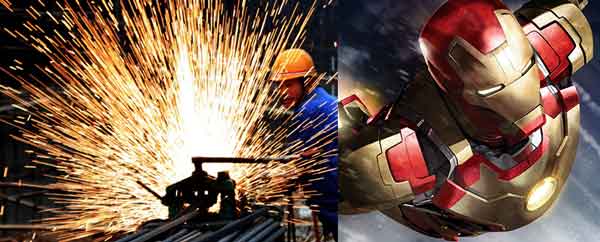
Ancient Indians were pioneers in metallurgy. High quality steel was produced, almost two thousand years before it was understood by the West. One of the most remarkable feat in metallurgy: creating a seamless celestial globe, was invented in Kashmir. It was earlier considered impossible to create a metal globe without seams.
So thanks to India, Iron Man can wear his suit now.
9. Ink

Many ancient cultures and civilizations independently discovered and prepared ink for writing purposes. The source of carbon pigment used in Indian Ink (called musi) used in ancient India, was India. Since 4th century BC, the practice of writing with ink with a sharp pointed needle was common in South India.
10. Diamond Mining

Worldwide, India was the only source of diamonds until the discovery of mines in Brazil in the 18th century. Almost 5000 years ago, diamonds were first recognized and mined in central India.
11. Cotton cultivation (We clothed the world, yay!)
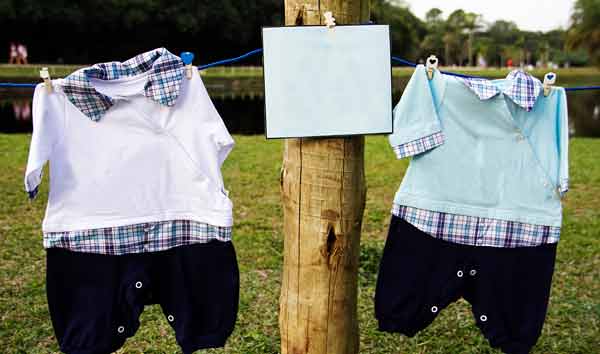
The ancient Greeks used to wear animal skins and were not even aware of cotton. But Indians were sort of cool 😉 and started cultivating cotton during the 5th – 4th millennium BCE in the Indus Valley Civilization. The word spread to the Mediterranean and beyond and soon everyone was ordering one from Flipkart. Well, pretty much.
12. Chess
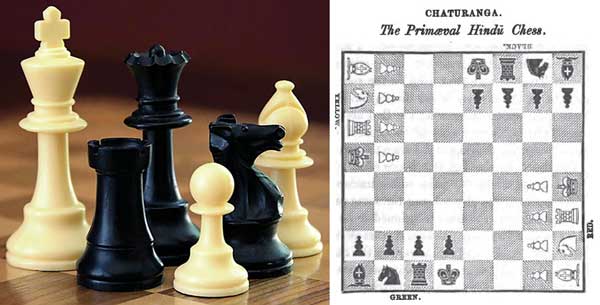
Chess developed out of Chaturanga, which is an ancient strategy board game developed during the Gupta Empire in India around the 6th century AD. Now you know why Vishwanathan Anand is such a pro, rag rag me is tarah… 😉
13. Cataract Surgery
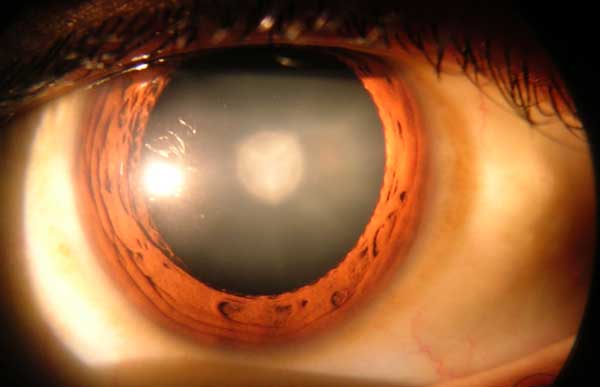
Indian physician Sushruta (6th century BCE) had the knowledge of performing cataract surgery. It spread to China from India. Greek scientists would visit India to get operations done and also to learn the nitty-gritties.
14. Suits Game
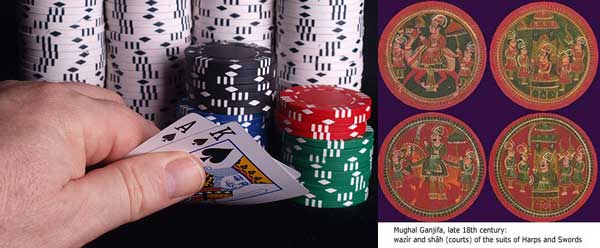
The popular game of cards originated from India & was known as Krida-patram (which literally means “painted rags for playing”).
15. Buttons

Buttons were first used in Mohenjo-daro for ornamental purpose rather than for fastening. They were first used in the Indus Valley Civilization by 2000 BCE.
16. Binary Code

Binary numbers were first described by Pingala (c. 200 BC). Pingala is the traditional name of the author of the Chandaḥśāstra, the earliest known Sanskrit treatise on prosody.

